1/7

The ultimate goal of growing a Bonsai is to create a miniaturized but
realistic representation of nature encapsulated within a tree. It's noteworthy that
Bonsai trees aren't inherently genetically dwarfed; rather, any tree species can be
meticulously shaped and cultivated to form a stunning Bonsai creation.
2/7
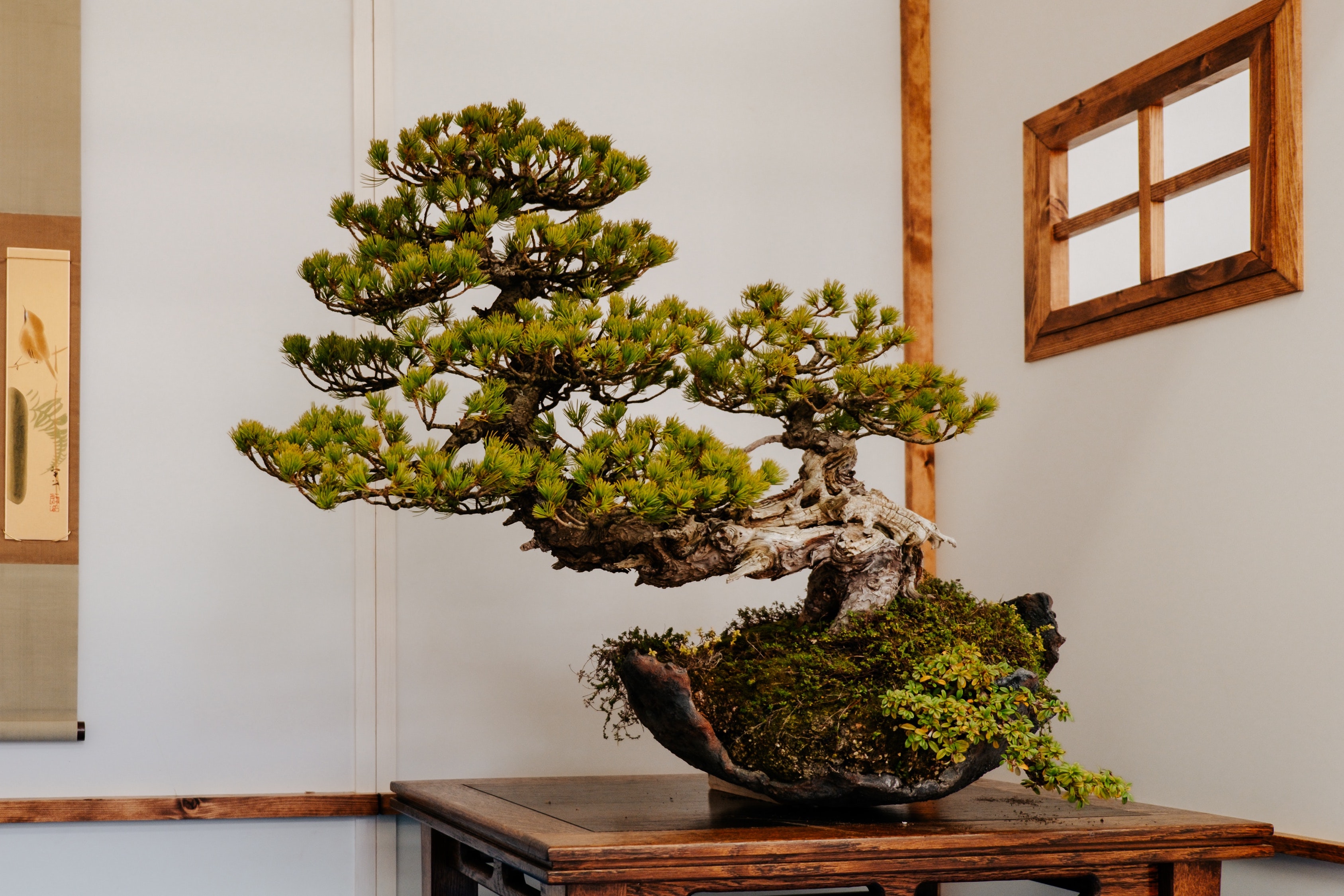
The art of Bonsai offers a plethora of styles to choose from,
and they can be categorized in various ways. However, for the sake of establishing a solid foundation,
let us begin with the five basic forms, which are defined by the tree's angle of growth from a container.
This tree is in the Slanting Style - shakan.
3/7
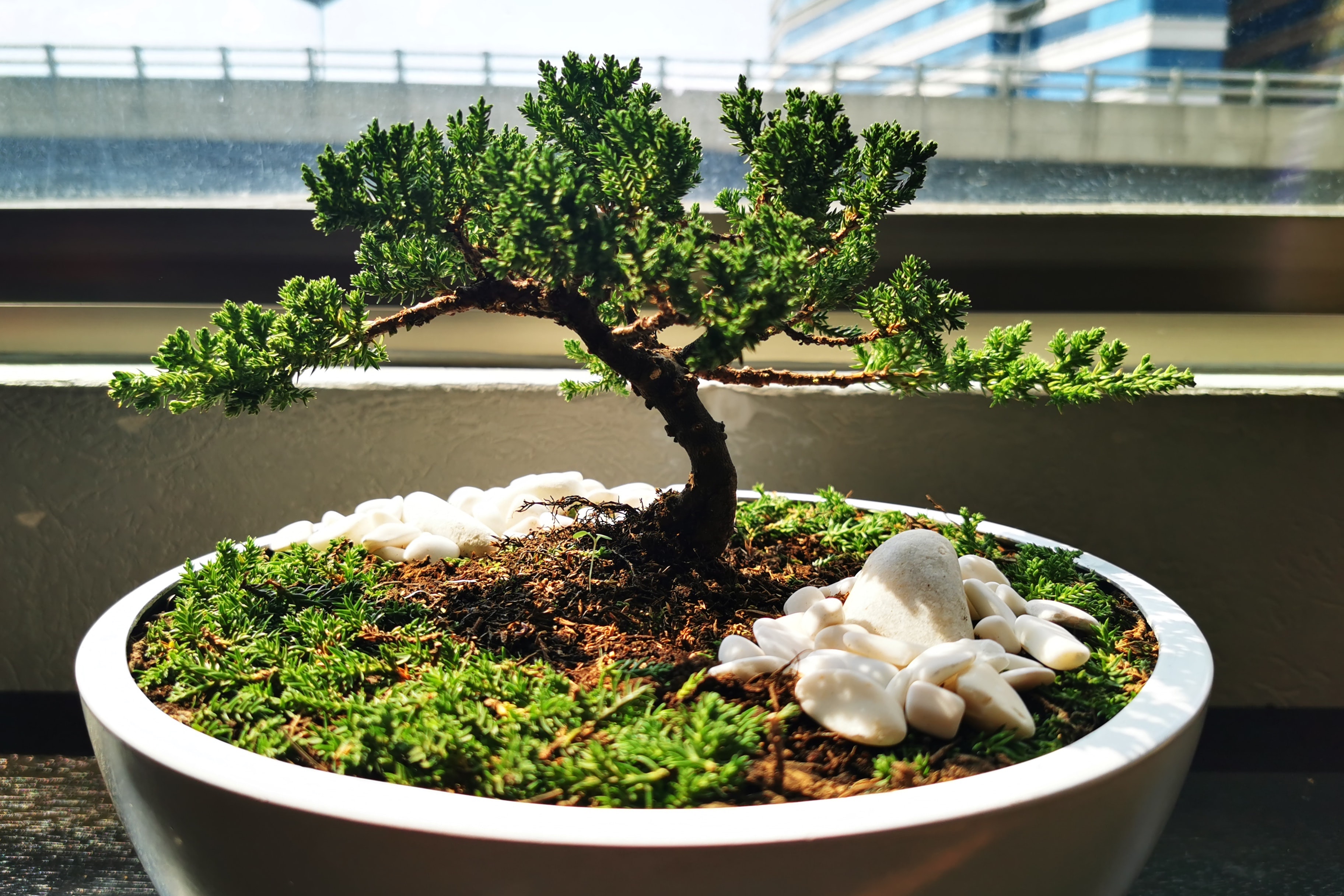
This particular Bonsai tree showcases the Informal Upright Style - Moyogi.
It is the most popular Bonsai styles which depicts a tree in a natural setting,
having a twisted trunk and sag branches after enduring the forces of nature.
Other basic styles include the Formal Upright Style - Chokan, which portrays a tree growing naturally
in an open area without any physical stress.
4/7
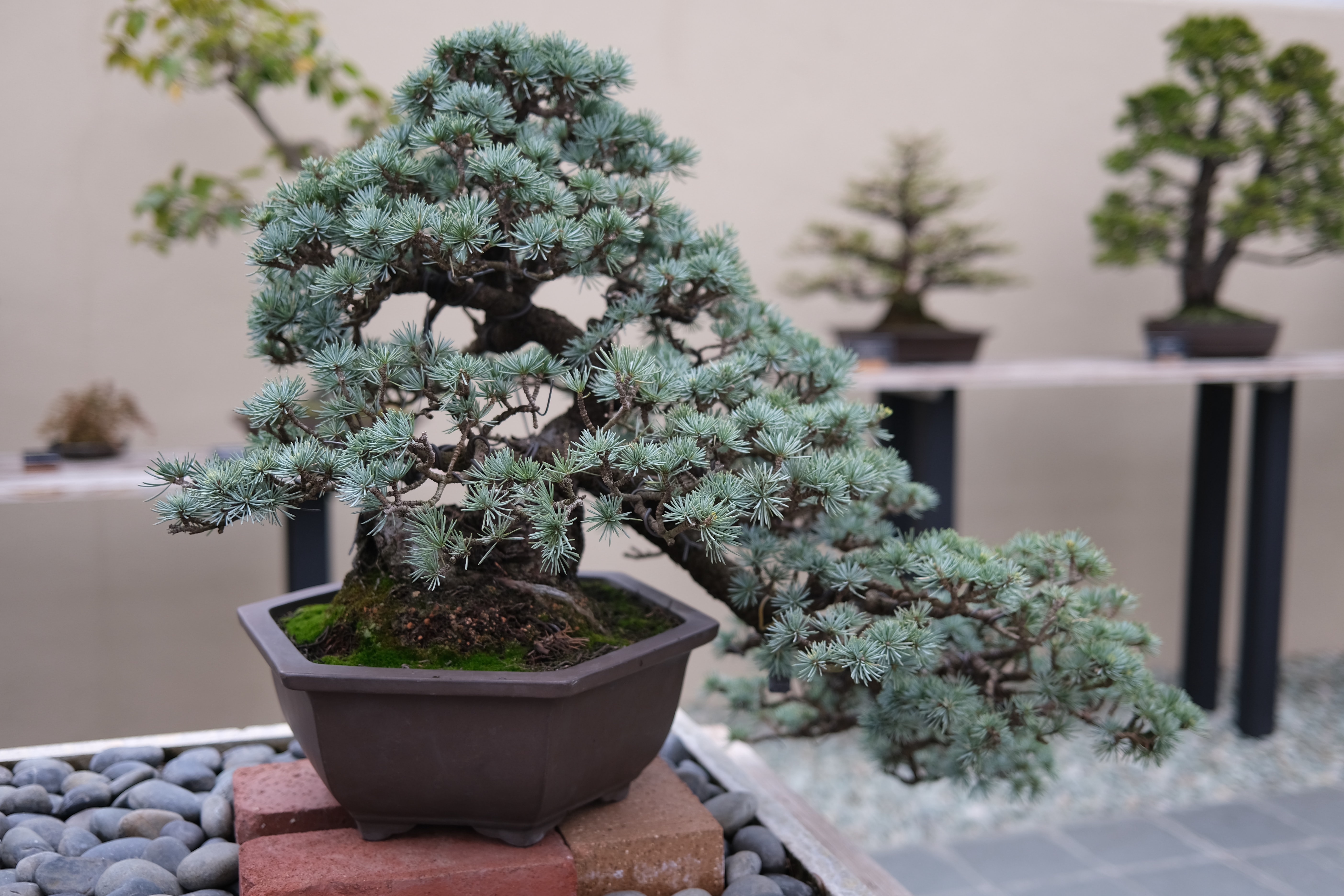
The Full Cascade Style and the Semi-Cascade Style feature trees that
appear to be hanging from the side of a cliff, either by the seashore or a riverbank. With the former,
known as kengai in Japanese, the apex of the tree extends below the container that the plant is growing in.
Trees in the latter category, known as han-kengai, extend below the top of the container,
but the apex doesn't extend below the base.
5/7
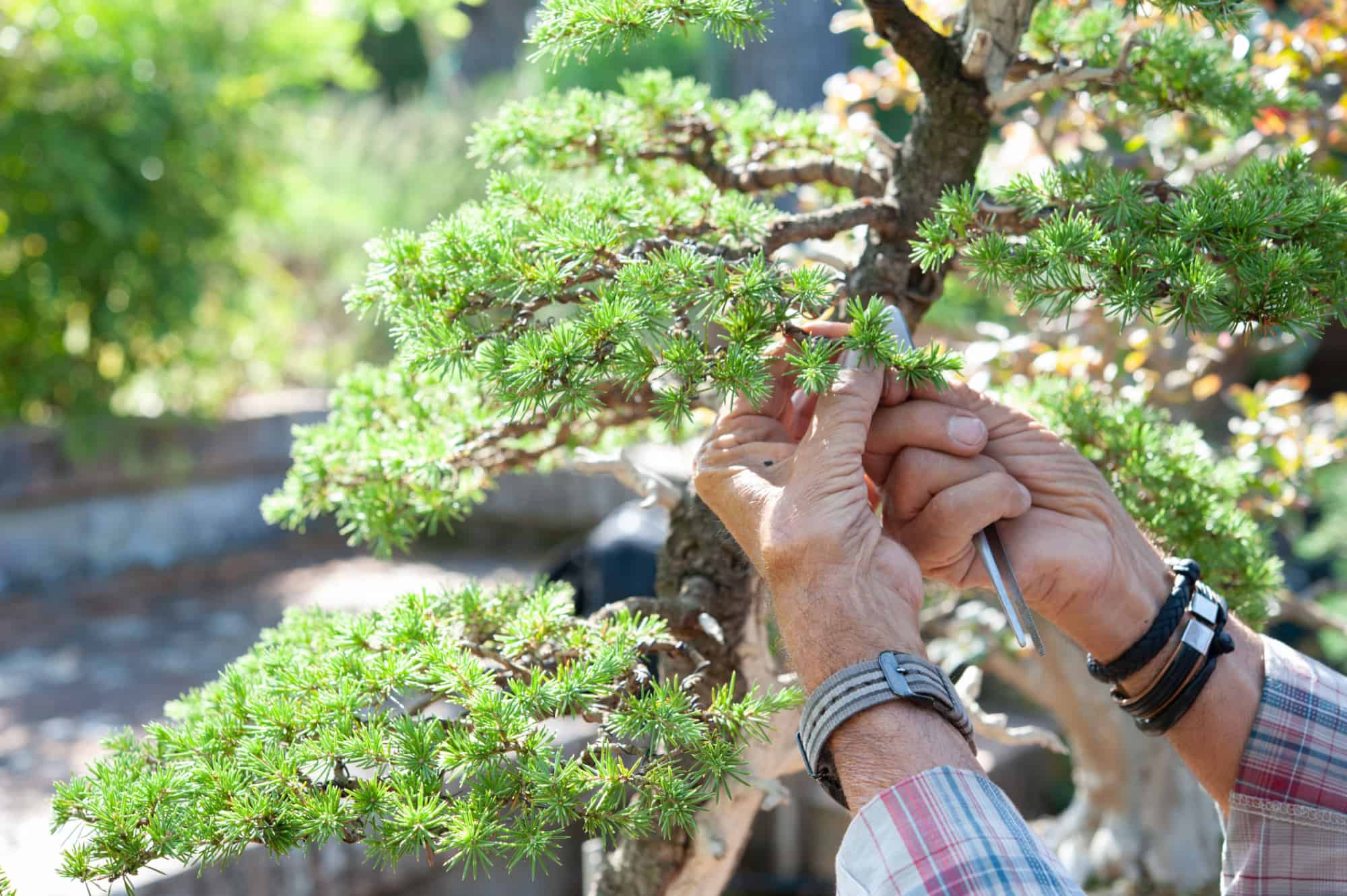
Growing bonsai trees involves controlling their shape by bending branches or cutting them
off,
which may seem harsh, but it's crucial for their health. However, trees have a life of their own and grow
naturally,
so we can't control them completely. Instead of forcing them to conform, we should appreciate and respect
their individuality.
6/7

In addition to the aesthetic aspect, bonsai growing also provides a sense of
responsibility and care for living things. Each tree has its own unique character and needs,
and it's the responsibility of the grower to provide the necessary care and attention to keep the tree
healthy and thriving.
7/7
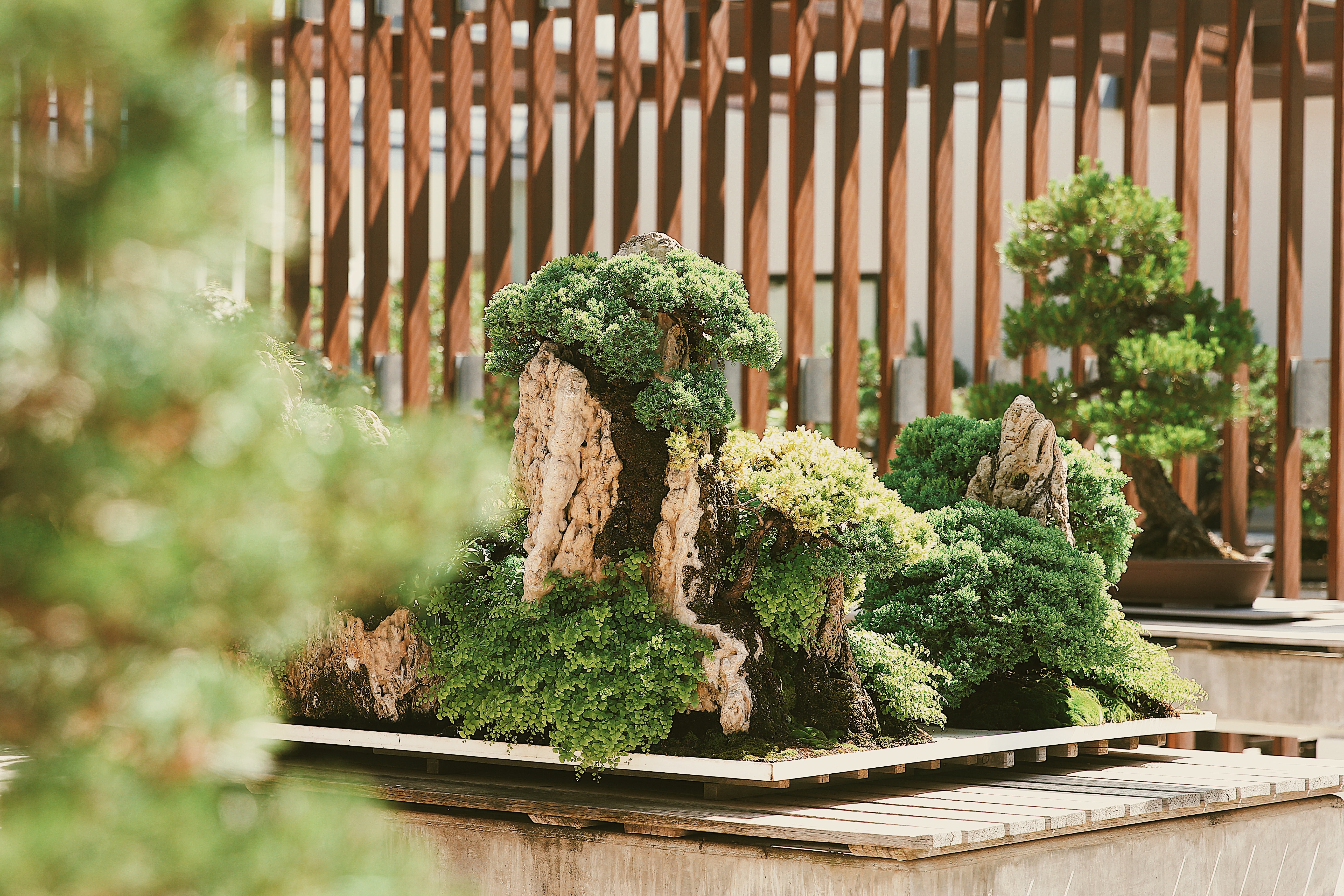
Bonsai, unlike most other forms of art, are never truly "complete" as long as the trees
are still thriving and developing, requiring constant care and attention. This is why bonsai cultivation
is often referred to as an art that never truly ends. However, for many enthusiasts, it is precisely
this everlasting nature that makes nurturing bonsai so fulfilling and valuable.